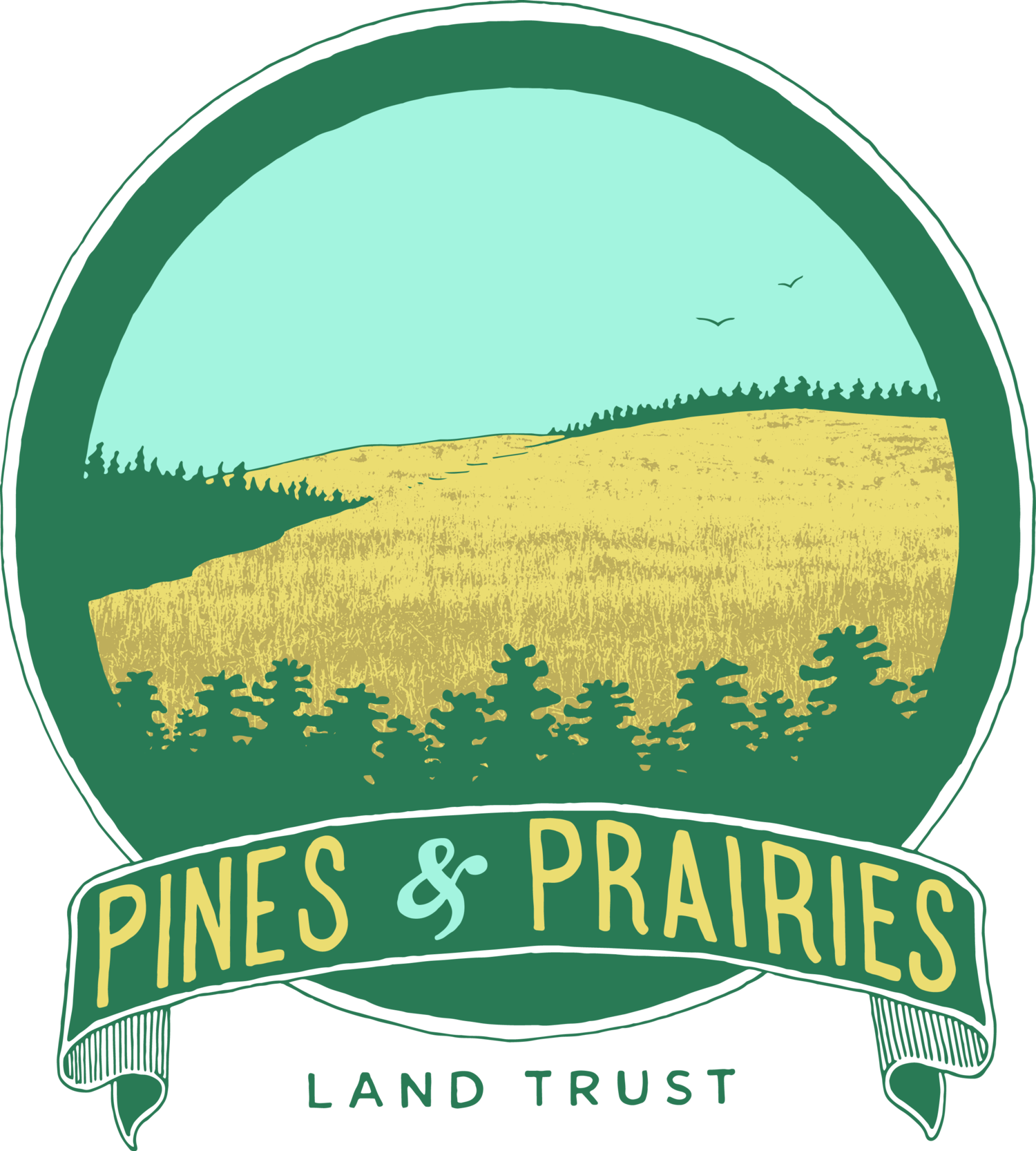By Larry Gfeller
It’s comforting to stand among a sprawling matrix of wildlands—without people. Nothing much but weather and distance, punctuated every so often with ranch gates, and to the south the endless murmur and occasional sun-flash of semi’s on Highway 21. There’s something basic and elemental here. The day is measured by sun and shadows; nobody cares what time it is. There’s a sense of fit and symmetry, balance and rightness: the fertile soil, the free-range swatches of savannah peppered with trees, bathed in sunshine and teased by the breeze at my back. Life is all around me—and standing out here, now. . .I take the time to notice. It’s as if I’ve stumbled upon a secret society of plants and animals—a snakeless Eden—living and supporting each other, undisturbed by the hustle and noise of human activity. Today I have exclusive rights to observe and appreciate. I am accepted immediately, integrated into the scene without fanfare. Perhaps John Muir best described the process: “Presently you lose consciousness of your own separate existence; you blend with the landscape, and become part and parcel of nature.” As I soak in the distant boundaries of Billig Ranch, I’m warmed by the thought that all this natural beauty will be preserved for posterity.
When Erwin Billig gifted his 677 acres in 2006, he commissioned Pines and Prairies Land Trust (PPLT) to maintain it as a nature preserve. Today it’s a quiet refuge, open to the public only rarely. There is currently a cattle lease and a small human footprint on the acreage (a rental home, outbuildings, a barn), but it’s small and insignificant compared to the larger purpose Mr. Billig envisioned. Cattle leisurely graze the land, among them a small herd of longhorns. But as I look around, red tails surf the thermals overhead, you can glimpse flocks of waterfowl, song and game birds. Butterflies nectar among the wildflowers and grasses. Several glistening ponds dot the landscape, providing critical breeding opportunities for the endangered Houston Toad. Wildlife abounds. Mr. Billig knew this land would only grow more rich and diverse with the passage of time. The man loved wild country and it was a bond. Peace of mind and satisfaction are two significant byproducts of the protection offered through conservation easements.
Desired outcomes seldom occur by accident. PPLT designates land stewards for its properties; Billig Ranch is watched over by David Vogel. In line with Mr. Billig’s vision, David is looking to take the land back to an earlier time when agriculture was not the primary use. He intends to take the property native. This is a long-term goal that will take years to realize. The expectation is to provide habitat for even more wildlife diversity. David says, “With the recent endangered listing of the Monarch butterfly, opportunities exist to make Billig a Monarch sanctuary.” Billig Ranch is visualized as a demonstration site for native prairie restoration and wildlife management practices. The plan is to open it up for various educational efforts as well.
When considering a switch from imported agricultural forage grasses, conversion to native grass prairie land is neither easy nor inexpensive. Partners are required . . . and PPLT has engaged some significant ones. For the conversion effort, the National Resource Conservation Service has extended a helping hand through the Environmental Quality Incentive Program and Texas Parks and Wildlife Department has signed on through their Landowner Incentive Program. The Wildlife Habitat Federation is an active consultant on seed selection and site preparation and talks are ongoing with the Native Prairies Association of Texas, who have expressed interest in also becoming a partner. As to the longer-term future of Billig, PPLT has met with a biologist from the U.S. Fish and Wildlife Service, working together on plans to identify other restoration projects at Billig Ranch of mutual interest.
For 2015, there are two projects scheduled which will target planting about 100 acres in native grasses. The Wildlife Habitat Federation will do the actual planting, using their tractor and a Truax No-till seed drill, but there’s preliminary work to be done to get the site ready for planting. In February, a group of volunteers under David’s supervision worked on the first scheduled planting site, treating honey mesquite with herbicide. This was a basal treatment with Remedy and diesel, mixed with a small amount of blue dye. The lower portions of each trunk were sprayed thoroughly during one of the warmer cracks in winter weather. We will need to visit the site as spring unfolds to determine effectiveness. More work on removing competing vegetation is planned before we prepare the land for planting.
Planting native grasses is one small but important step in safeguarding the web of life. Billig Ranch, like most of our properties, is a work in progress. Texas was the largest state in a once vast ocean of tallgrass prairies that swept through the Great Plains from Mexico to Canada. Today about only one percent of this treasure remains, making it the most endangered piece of large ecosystem in North America. Reclaiming our heritage, one bit at a time, will not only draw the wildlife for whom Erwin Billig dedicated his land, but it will help preserve an environment whose legacy is anything but assured. One day in the not-too-distant future, we hope students, researchers, naturalists and people of all walks of life will be able to enjoy the adventure, discovery and benefits that come from taking an active role in ecological restoration.
We will keep you posted from time to time and hope to bring you interviews with some of the players and partners involved in planning, preparing and executing David’s prairie grass conversion project. Landowners and readers of this blog are invited to raise questions, make comments or share experiences. We’d love to hear from you!







